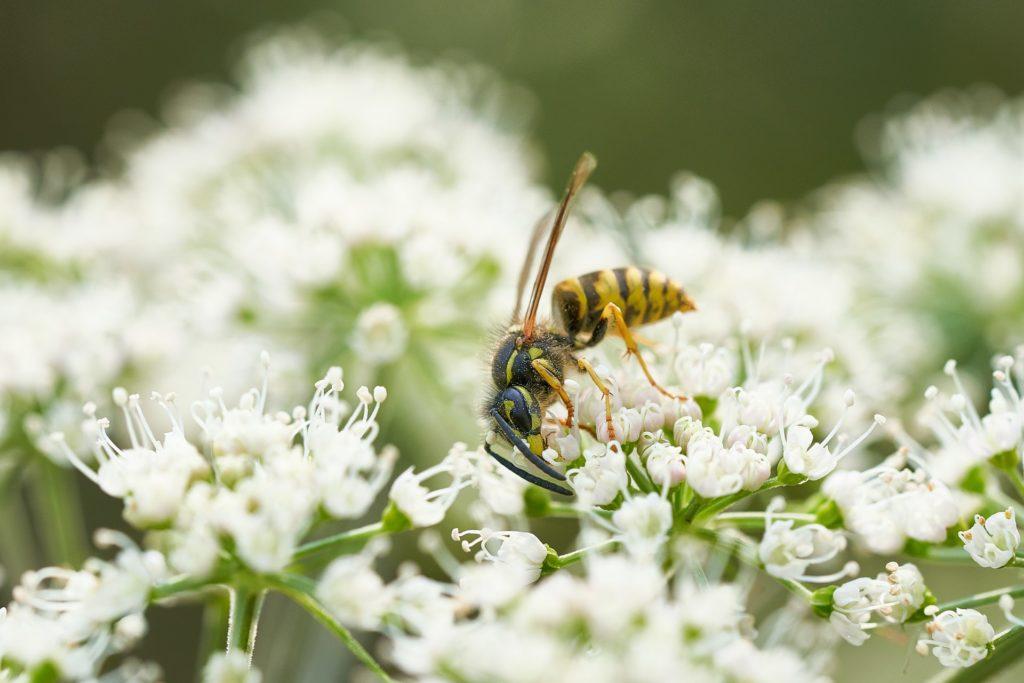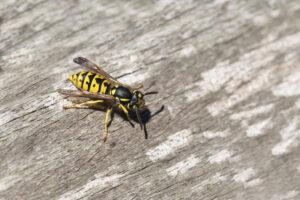
Bees and wasps may look similar, but they’re completely different. You may have seen campaigns to “save the bees” over the past few years, but you probably won’t see the same for wasps. This is for many reasons, but to sum them all up, bees benefit humans and the environment in clear, tangible ways. Wasps can be beneficial, too, but they’re also more likely to cause harm to anyone who gets in their way. Here are some of the main differences between these two types of insects.
Bees
Honey bees, the most common and beneficial type of bee, look distinctly different from wasps. Their bodies are round and hairy. Some are completely black or brown while others have yellow or orange stripes. They live in hive colonies with populations of up to 75,000. Sometimes these insects sting humans when provoked, but they can only do so once; they die soon after attacking.
Benefits of Bees
The name “honey bee” only gives a small insight into the benefits these insects provide. They’re pollinators, which means they help plants grow. Bees collect pollen as a source of protein for their developing offspring. By going from one flower of one species to another of the same species, these pollinators help plants produce seeds and continue to grow. They do the same for food crops such as apples, pumpkins and almonds. This gives the foods anti-inflammatory properties and makes them easier to digest.

Wasps
Wasps have sharper features than bees and a far more aggressive nature. These insects have narrow waists, four wings and typically have bright black and yellow patterns. Their colonies tend to be smaller, with populations of less than 10,000 and queen wasps building the nests. Most wasps hibernate during winter and build new nests in spring. Rather than producing honey, wasps are known to steal it. They can also sting humans multiple times without being provoked.
Why We Need Wasps
Wasps don’t get a lot of love, and it’s easy to see why. Their aggressive behavior gives them an unpleasant reputation. However, they play a few different roles in nature that help create balance. Hornets and paper wasps eat other insects, which controls their populations. Yellowjackets eat dead insects to feed their young, reducing waste. Wasps pollinate plants like bees do, but pollen sticks to their bodies, making them less efficient. Fig wasps pollinate around 1,000 species of figs.
It may be easy to say that bees are nice and wasps are mean, but there’s more to these insects than that. Pro-Staff, a West Des Moines pest control company, is here to help if bees or wasps become a problem on your property. Give us a call at 515-279-7378 or contact us online to learn more.

